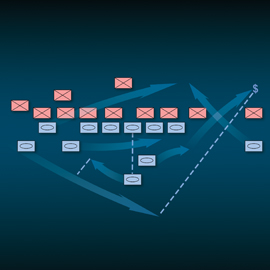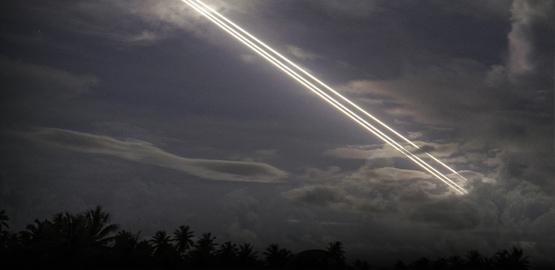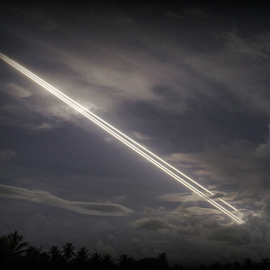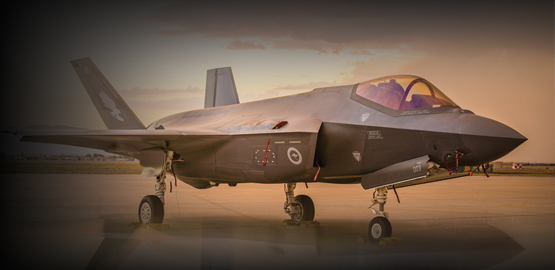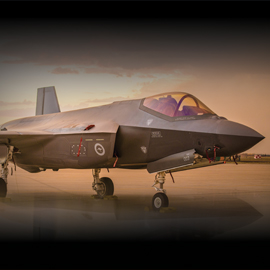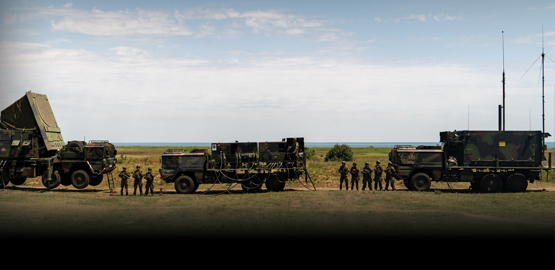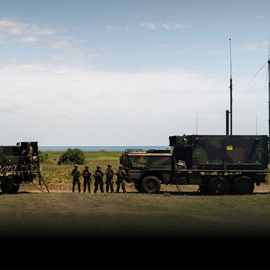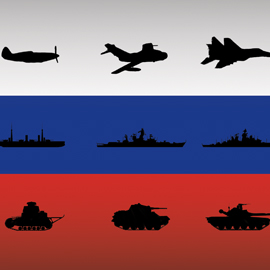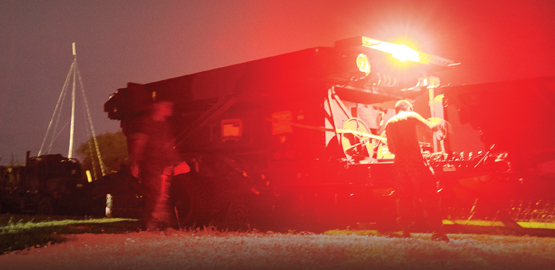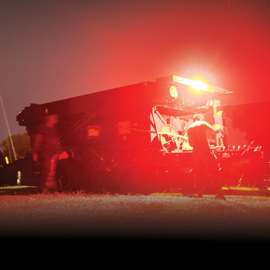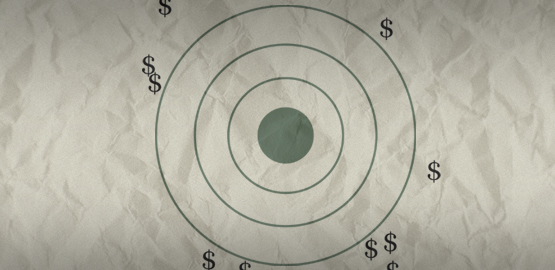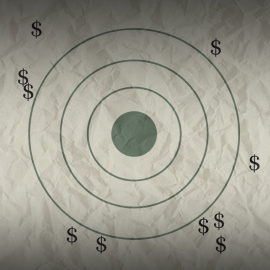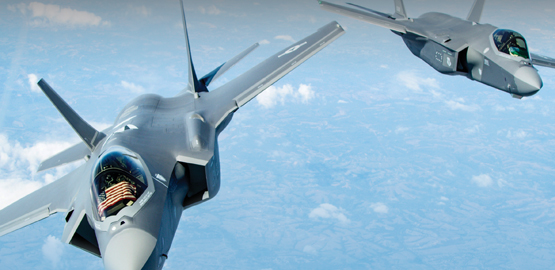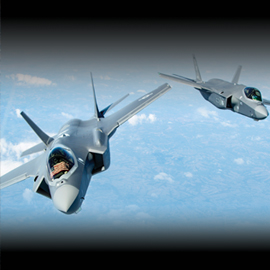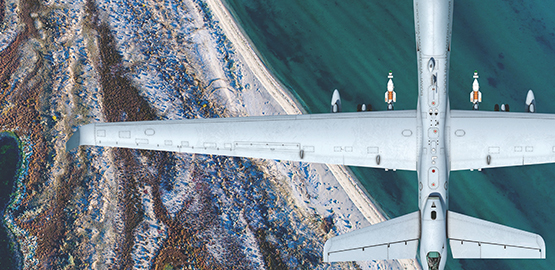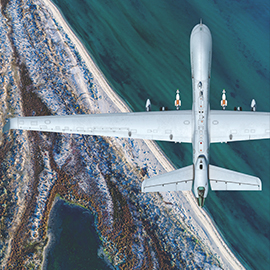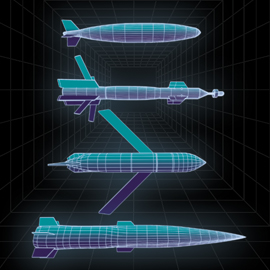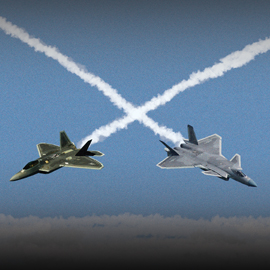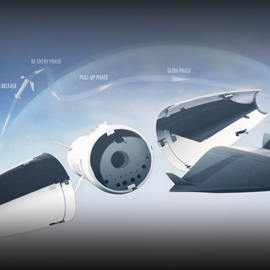News
Traditional Conservatives, President-elect Trump, and the World He Inherits
As President-elect Trump assembles the team of national security leaders and diplomats who will play crucial roles in shaping how the United States will operate in the world and defend itself against our enemies, he is already challenging some of the pillars of both recent Democratic and Republican foreign policy agendas
US Navy Makes Waves in Race to Rule the Depths of Oceans
"The Pentagon feels like the US is well-positioned to do undersea warfare and anti-submarine warfare better than any other country," said Mr Bryan Clark, a senior fellow at the Centre for Strategic and Budgetary Assessments. He is the author of a report titled "The emerging era in undersea warfare".
Satellite Photos Are Worth More Than a Thousand Unreliable Words From China
According to a study from the Center for Strategic and Budgetary Assessments (CSBA), China has put installations on four islands in the Paracel group and significant installations on eight islands in the Spratly group. As before, China moved incrementally to avoid triggering a major Western reaction. The Obama administration has taken a few symbolic steps to defend freedom of navigation in the region, but they have had no evident effect on Chinese behavior. On Thursday, China’s navy seized an underwater drone collecting data for a U.S. Navy oceanographic vessel.
Time to Put China Back in Its Place, Study Urges
According to the Washington-based Centre for Strategic and Budgetary Assessments, China has “by far the largest military, coastguard, and maritime militia presence in the region — they are deploying strong surveillance, anti-air, anti-shipping, and strike forces onto the artificial islands they occupy — and they are actively intimidating other parties in the area”. Report author and former senior Australian Defence Department official Ross Babbage argues the Federal Government must take stronger action in response. “Our northern approaches are becoming much more questionable,” Professor Babbage told the ABC. “Ever since the Second World War we’ve assumed the United States and its close allies have really dominated the maritime environment — I’m afraid that’s really no longer the case.”
A Quick Review of the Navy’s New Force Structure Assessment
Secretary of the Navy Ray Mabus announced the results of a much-awaited internal review of fleet size known as a “Force Structure Assessment. It appears that the Navy is setting its sails to the winds of renewed great power competition. The assessment states a requirement of 355 ships that Mabus declares must “continue to protect America and defend our strategic interests around the world, all while continuing the counter terrorism fight and appropriately competing with a growing China and resurgent Russia….”
The U.S. Navy’s Great Magic Numbers Callenge
Enunciated in 2014, the navy’s officially stated goal [5] is 308 hulls. Three independent “fleet architecture [6]” studies are revisiting that number, however. The Navy Staff [7], the Washington-based Center for Strategic and Budgetary Assessments [8], and the Mitre Corporation [9] are surveying the strategic environment—the rise of China’s navy, an increasingly troublesome Russia, and on and on—and gauging how large a fleet it takes to handle such challenges.

